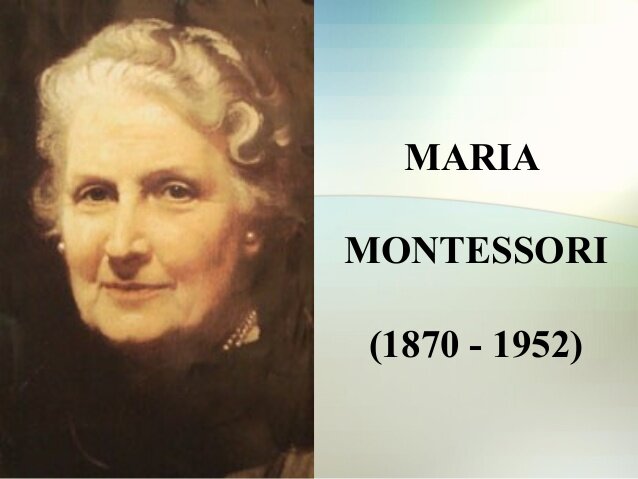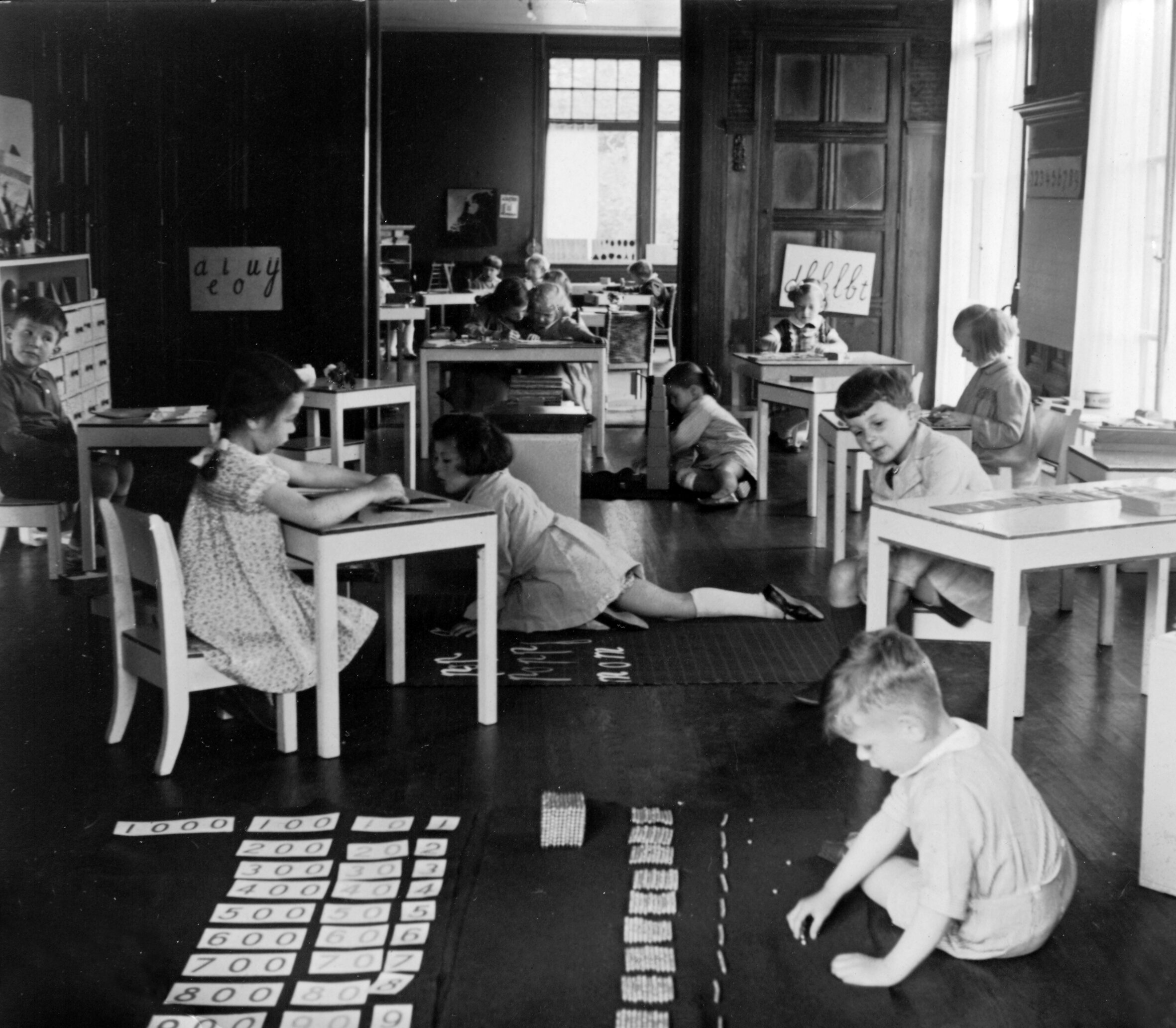What is Montessori?
Montessori education is an educational approach developed by Italian physician and educator Maria Montessori (1870–1952). Montessori education is practiced in an estimated 20,000 schools worldwide, serving children from birth to eighteen years old.
Overview.
Montessori education is characterized by an emphasis on independence, freedom within limits, and respect for a child’s natural psychological development. Although a range of practices exists under the name ‘Montessori,’ the Association Montessori Internationale (AMI) and the American Montessori Society (AMS) cite these elements as essential:
mixed age classrooms
student choice of activity from within a prescribed range of options
uninterrupted blocks of work time
a ‘constructivist’ or ‘discovery’ model, where students learn concepts from working with materials, rather than by direct instruction
specialized educational materials developed by Montessori and her collaborators
In addition, many Montessori schools design their programs with reference to Montessori’s model of human development from her published works, and use pedagogy, lessons, and materials introduced in teacher training derived from courses presented by Montessori during her lifetime.
History.
Montessori began to develop her philosophy and methods in 1897, attending courses in pedagogy at the University of Rome and reading the educational theory of the previous two hundred years.In 1907, she opened her first classroom, the Casa dei Bambini, or Children’s House, in a tenement building in Rome. From the beginning, Montessori based her work on her observations of children and experimentation with the environment, materials, and lessons available to them. She frequently referred to her work as ‘scientific pedagogy.’
Montessori education spread to the United States in 1911 and became widely known in education and popular publications. However, conflict between Montessori and the American educational establishment, and especially the publication in 1914 of a critical booklet, The Montessori System Examined by influential education teacher William Heard Kilpatrick limited the spread of her ideas and they languished after 1914. Montessori education returned to the United States in 1960, and has since spread to thousands of schools there.
Montessori continued to extend her work during her lifetime, developing a comprehensive model of psychological development from birth to age 24, as well as educational approaches for children ages 0-3, 3-6, and 6-12. She wrote and lectured about ages 12 to 18 and beyond, but these programs were not developed during her lifetime. The term ‘Montessori’ is in the public domain, so anyone can use the term with or without reference to her work.
Montessori Education Theory
Self-Construction, Liberty, and Spontaneous Activity
Montessori education is fundamentally a model of human development, and an educational approach based on that model. The model has two basic elements. First, children and developing adults engage in psychological self-construction by means of interaction with their environments. Second, children, especially under the age of six, have an innate path of psychological development. Based on her observations, Montessori believed that children at liberty to choose and act freely within an environment prepared according to her model would act spontaneously for optimal development.
Human Tendencies
Montessori saw universal, innate characteristics in human psychology which her son and collaborator Mario Montessori identified as ‘human tendencies’ in 1957. There is some debate about the exact list, but the following are clearly identified:
self-preservation
orientation to the environment
order
exploration
communication
work, also described as "purposeful activity"
manipulation of the environment
exactness
repetition
abstraction
self-perfection
the “mathematical mind”
In the Montessori approach, these human tendencies are seen as driving behavior in every stage of development, and education should respond to and facilitate their expression.
Prepared Environment
Montessori's education method called for free activity within a 'prepared environment,' meaning an educational environment tailored to basic human characteristics and to the specific characteristics of children at different ages. The function of the environment is to allow the child to develop independence in all areas according to his or her inner psychological directives. In addition to offering access to the Montessori materials appropriate to the age of the children, the environment should exhibit the following characteristics:
construction in proportion to the child and his needs
beauty and harmony
order
an arrangement that facilitates movement and activity
limitation of materials, so that only material that supports the child's development is included


